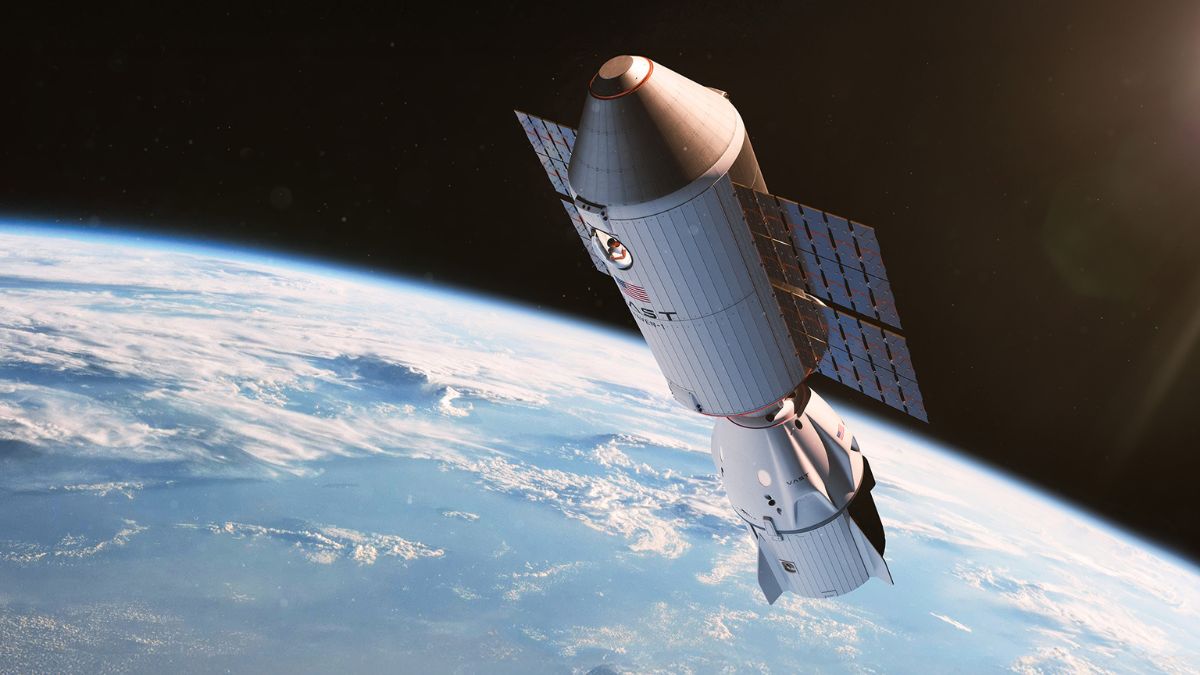Science
Jupiter Saved Earth. Scientists Reveal Unknown Facts
24 November 2025

The private space station Haven-1 enters the game with momentum, changing the balance of power in orbit faster than even optimists predicted. SpaceX just launched a key element of the program, and the first Haven Demo tests show that the successor to the ISS is growing at a pace that government projects can only envy.
Haven Demo does not resemble a typical space station. Only one person would probably fit inside. However, it was not designed for that. The 515 kg satellite will spend six months testing all the crucial subsystems that will fly into orbit aboard Haven-1 in May 2026—the world’s first fully commercial private space station.
After a successful launch into orbit, the satellite deployed its solar panel and charged all necessary components. Now, Vast Space, the company responsible for the project, is checking the attitude control engines, navigation software, power systems, and radio communications.
“Haven Demo is the first step in our iterative approach to building a next-generation space station,” Vast Space explains on its website.
Meanwhile, tests of the Haven-1 support structure have been completed in the Mojave Desert in California. The cylindrical module, 10.1 meters long, passed pressure, load, and acoustic tests. The structure is ready to survive three years in orbit. Its launch is scheduled for next year.
When Haven-1 reaches orbit, it will offer 45 cubic meters of living space. The first mission, Vast-1, will carry a four-person crew who will stay at the station for two weeks. Astronauts will use zero-gravity adapted sleeping berths, a cupola viewing window, and a communal fold-out table. 24/7 internet connectivity via the Starlink system will also be available.

Vast Space openly calls Haven-1 the “ISS successor.” The International Space Station is scheduled to be decommissioned in 2030. NASA plans its own alternative. The agency commissioned Axiom Space to build it, but the contractor is facing serious problems.
In September 2024, the company laid off about a hundred employees, and the remaining staff agreed to a voluntary 20 percent pay cut. The launch of the first Axiom Station module was planned for 2026, but it is currently postponed. Blue Origin and Sierra Space are working on the joint Orbital Reef station project. Here, the launch is planned no earlier than 2027. Starlab from Voyager Space, in contrast, is scheduled to launch into orbit only a year later.
For now, only Haven Demo orbits the Earth. The test satellite must prove that sending a station into space with technology from Vast Space is feasible. In addition to the aforementioned Haven-1, the company is already planning the next station project. Haven-2 will consist of 9 segments and provide over 500 cubic meters of space—more than the ISS. The central module will launch into space in 2028, and the station will be ready in 2032.
Further plans include a station with artificial gravity, boasting a volume of 950 cubic meters, capable of accommodating 40 astronauts. Will private investors build what governments could not? Currently, the Haven Demo tests strongly suggest that orbit is slowly transitioning into private hands.
The moment Heaven Demo was launched into orbit and its solar panels deployed can be seen in the video below:
Read this article in Polish: Prywatna stacja kosmiczna wyprzedza NASA. Tak wygląda następca ISS


Science
23 November 2025

Zmień tryb na ciemny